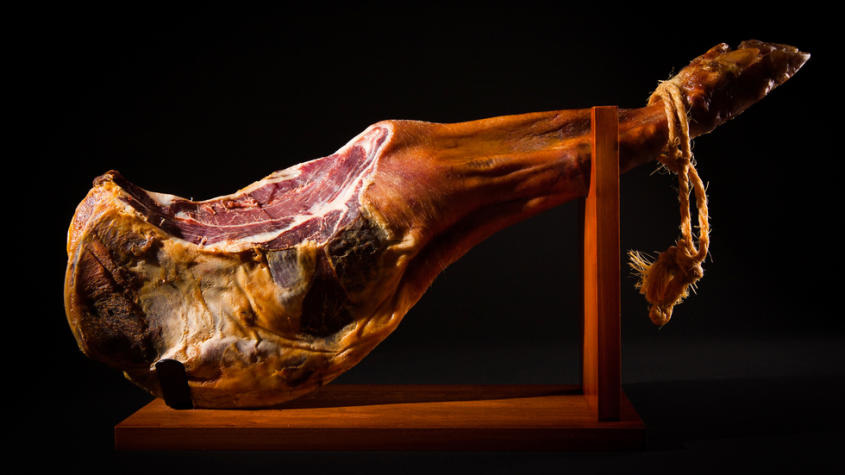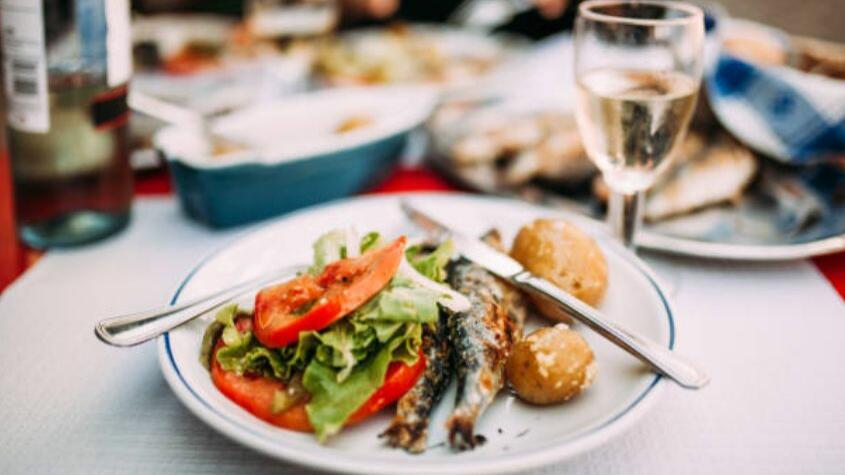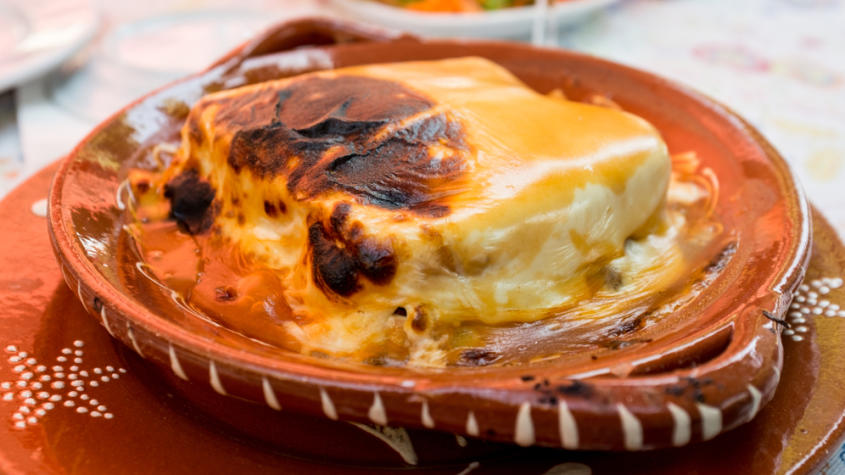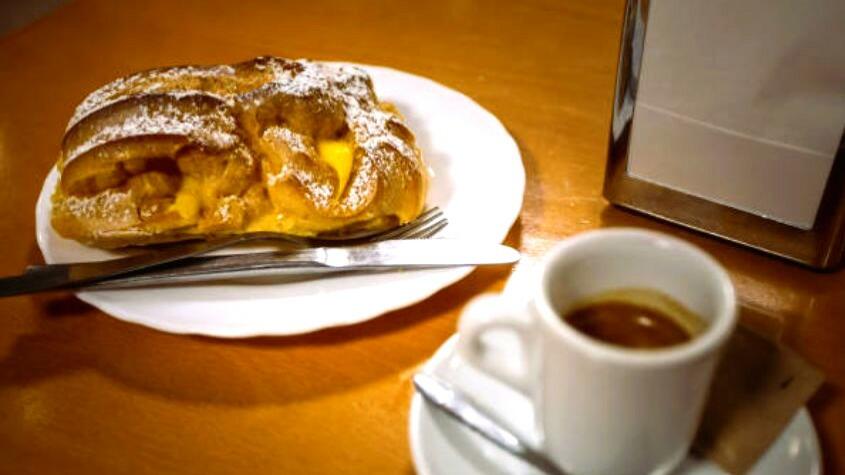
Typical Delicacies and Sweets of Braga
There is something better in life than eating ...
Who travels, wants to taste the local gastronomy. And Braga is a great place to eat and cry for more!
Let's start our gastronomic journey. Unfasten your belts and schedule your diet for the next month.
BOLO ROMANO (ROMAN CAKE)
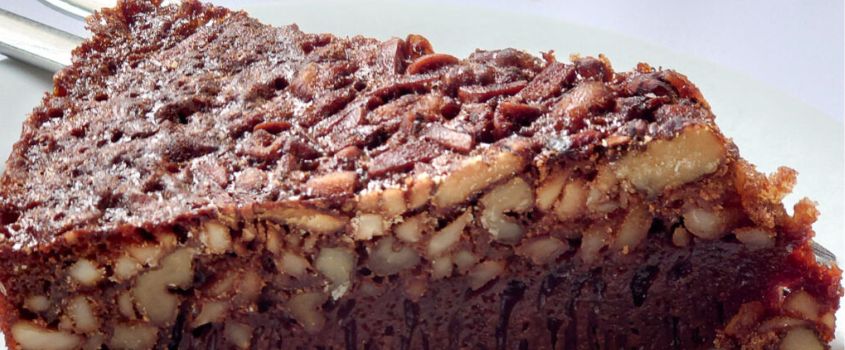
Who doesn't know Astérix and Obélix? These fearless Gauls protected their village with tooth and nail from the onslaughts of the Romans.
Here in Portugal we didn't have an Astérix and Obélix. As such, the Romans took part of the territory and left us an endless heritage ... Starting with the language, the portuguese, which comes from the common Latin spoken by Roman soldiers.
In the city of Braga, it's situated the D. Diogo de Sousa Archeology Museum, where you can find some of the Roman discoveries on portuguese soil, namely from the ancient city of Bracara Augusta, current city of Braga. As part of its museological collection, it contains perhaps the only Gastronomic Treaty of that time: De Recoquinaria, by Marcus Gavius Apicius (1st century AD).
It was in a recipe from the aforementioned Treaty that the Frigideiras do Cantinho house, in Braga, was inspired to create the Bolo Romano, when celebrating the city's two thousand years. With the use of traditional mediterranean cuisine products such as honey and dry fruits, as well as the recent Port wine, this delicacy is unique worldwide, being exclusive to this house, which is one of the oldest pastry shops in the city (1796).
While you are delighting the Bolo Romano, as a unit or slice, look through the glass floor of the establishment and be astounded: properly preserved, are the ruins of a roman domus (house), dated from the 3rd /5th centuries AD.
FRIGIDEIRAS (FRYING-PAN)
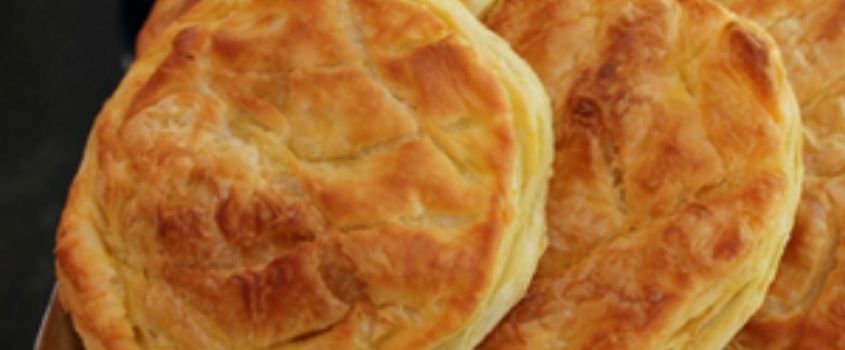
As well in Frigideiras do Cantinho you can pick a salty that gave the house its name: Frigideiras.
A true meal, this divine round pastry with puff pastry and minced meat filling was mentioned by the portuguese writer Camilo Castelo Branco in his work Novelas do Minho (Minho Novels), and also referenced in the Serões da Província (Province Evenings), by Júlio Dinis:
" The rest of the dinner went by without anything new, except for the general greeting, which won the doctor's surprise, which, this time, consisted of a dozen of the much praised frigideiras from Braga, the most appetizing design of the confectioners of the august city. "
A recipe with more than 200 years, has passed from generation to generation. We know that it contains veal and that it is cooked in lard ... but there is a secret ... and that, is the soul of the business!
PUDIM ABADE DE PRISCOS (PRISCOS ABBOT PUDDING)
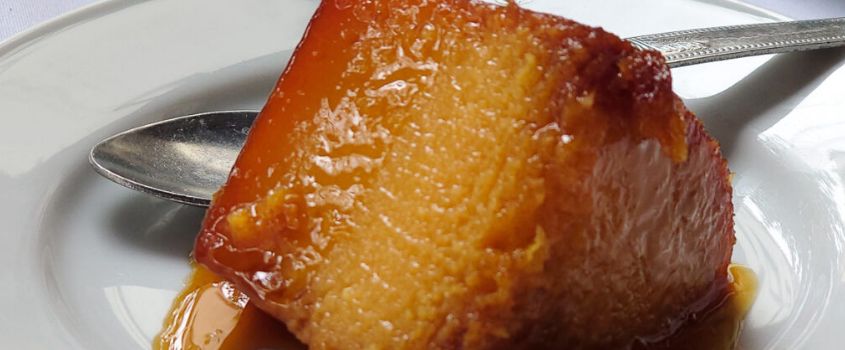
In this art of cooking, the wit does not know creeds and everything indicates that the sin of gluttony would be confessed several times by the abbot Manuel Joaquim Machado Rebelo, a priest in the parish of Priscos - Braga, during 47 years.
A Jack-of-all trades, Manuel was a priest, a gastronomer, embroidered, prepared floral arrangements, and was interested in chemistry and photography. Living almost 100 years (1834-1930), the abbot devoted part of his time to cooking. It is said that he carried a folder everywhere where he would have some of the secrets of his creations and magical condiments that he used in his dainties. Unfortunately, only the Pudim Abade de Priscos has reached our day.
Sweeter candy than this one will not find dear reader (half a kilo of sugar). And when you try it you will open your eyes wide with surprise because I am sure you have never tasted anything like this. Of unrivaled consistency in the world of puddings, you will try to guess the secret of the recipe. In addition to the fifteen egg yolks and Port wine, this pudding takes ... 50 grams of pork bacon. Truth!!!
If you consider this ingredient unusual, the abbot had one day the daring to cook a delicious dish for the King of Portugal Luís I, who had straw as one of the ingredients. When he found out, the enraged king questioned him about such effrontery. Manuel replied: «Forgive me Lord, but everyone eats straw - the question is to know how to cook it.»
TÍBIAS (TIBIAS)
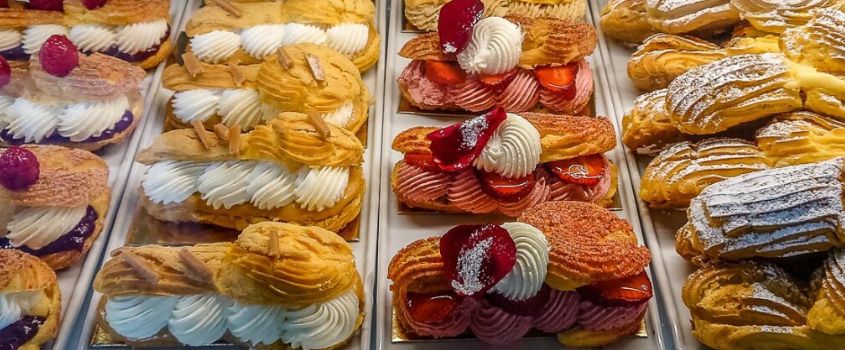
Of conventual origin, this sweet has a shape similar to the tibia bone, hence its name. Texture, on the other hand, has nothing to do with the hardness of a bone. In fact, it is an extremely delicate sweet, melting in the mouth.
The dough is very light and a little crunchy, being filled with a super soft pastry cream and sprinkled with sugar.
As the world is constantly changing, as well the tastes are refined and other versions of Tíbias appear. At Tíbias de Braga pastry shop, you will find traditional Tíbias and also Tíbias for all tastes: Tíbia pralline of hazelnut; Tíbia pineapple; Tíbia cappuccino; ...
Are you already mouth watering?
VIÚVAS (WIDOWS)
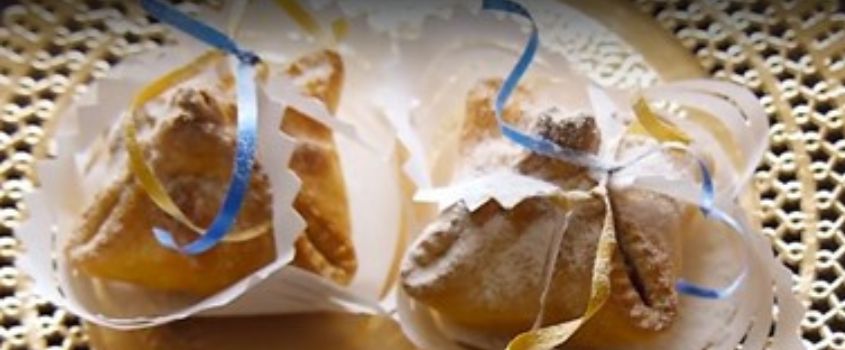
The Viúvas were missing for many years, until recently they returned to the pastry shops in Braga, after a minutious study of conventual records, as well as old cookbooks from families in the city.
Created by the Franciscans of the Convent of Nossa Senhora dos Remédios of Braga, the main clients during the festivities of St. Benedict, were the monks of the Monastery of S. Martinho de Tibães.
Not too sweets, the Viúvas crispy pastry is filled with an egg cream, almond, sugar and cinnamon.
And as the eyes also eat, the shape is quite original. Found engravings and descriptions of the time explained how to fold the dough and wrap this very peculiar delicacy in paper.
Now, it is just to taste.
FIDALGUINHOS (LITTLE NOBLEMAN)
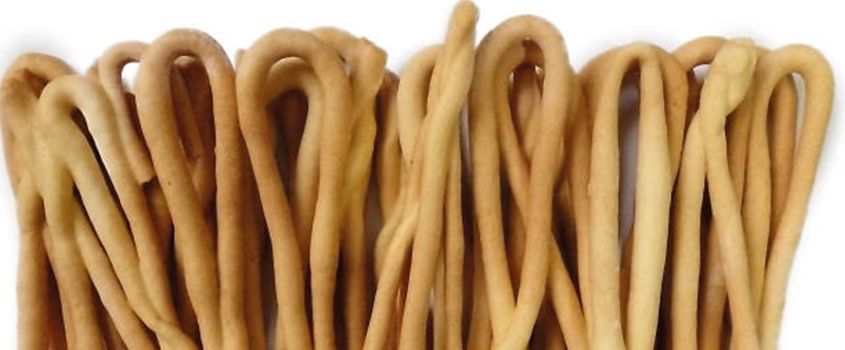
Apparently, the nuns were quite creative. Behold, they were also the creators of this addictive biscuit with lemon and cinnamon flavor, which the inhabitants often eat at Easter time. They disappear in the blink of an eye.
The Fidalguinhos are shaped in a peculiar way, reminiscent of the thin legs of a nobleman, in a clear criticism of the way of life of the old nobles: they did little or nothing to make life go well for them.
BACALHAU À MODA DE BRAGA (BRAGA CODFISH)
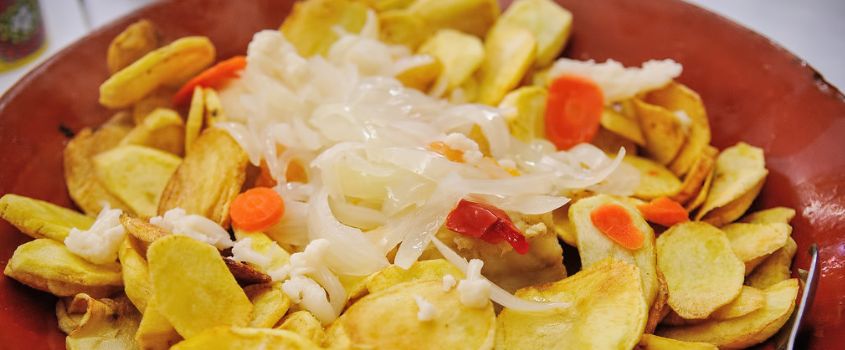
Around here it's already rolling, but there is still space for the king of portuguese gastronomy: the codfish.
In Portugal, we have a thousand and one recipes for cooking cod, but this dish is one of my favorites, so you must try it when you visit Braga.
The story goes that this recipe came up at Restaurante Narcisa. It was so successful, that quickly other restaurants in the city "stole" the recipe and started making Narcisa Cod. When in other regions they learned about the dish, they called it Bacalhau à Moda de Braga.
This tidbit of the gods, is nothing more than a piece of fried cod, covered by a layer of fried onion and surrounded by sliced fries.
Braga is a good example of the variety and gastronomic quality of the Minho region. Savory or sweet, you can taste what you like best and embark on a journey of the senses. Which ones will you start with?
To discover these and other wonders of Braga's rich heritage, you can accompany one of Living Tours tours or choose activities, through the city of archbishops.
Did you like it?
Average votes: 4.41 of 5
Go Back to the Blog







